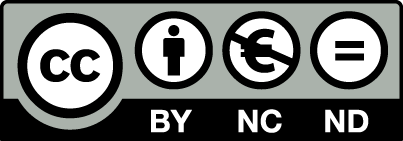Abstract:
Labour‐saving technologies are relevant for agricultural development. Yet, as this study shows, they are poorly integrated into agricultural production functions of economy‐wide models. We report a computable general equilibrium (CGE) model, which explicitly incorporating field operations (e.g. land preparation, weeding or harvesting) in the context of smallholder agriculture. The field operations approach allows to model technological trade‐offs in organic and conventional production systems at various stages of the agricultural production process. Simulating a structural change scenario, we compare the performance of the field operations approach with published benchmark production structures by assessing how they replicate empirically observed changes in land and agrochemical use. This benchmark analysis shows that incorporating field operations replicates the observed empirical changes most accurately and allows for more realistic modelling of labour‐saving technologies. We use the field operations model to investigate three policy options to mitigate labour shortages in the agricultural sector of Bhutan. Permitting the employment of Indian workers in agriculture has the highest short‐term potential in this respect. We find that subsidising agricultural machinery hiring services and removing import tariffs on agrochemical inputs are found to be less effective. Further options for model developments, such as combining field operations and labour market seasonality, are highlighted.

